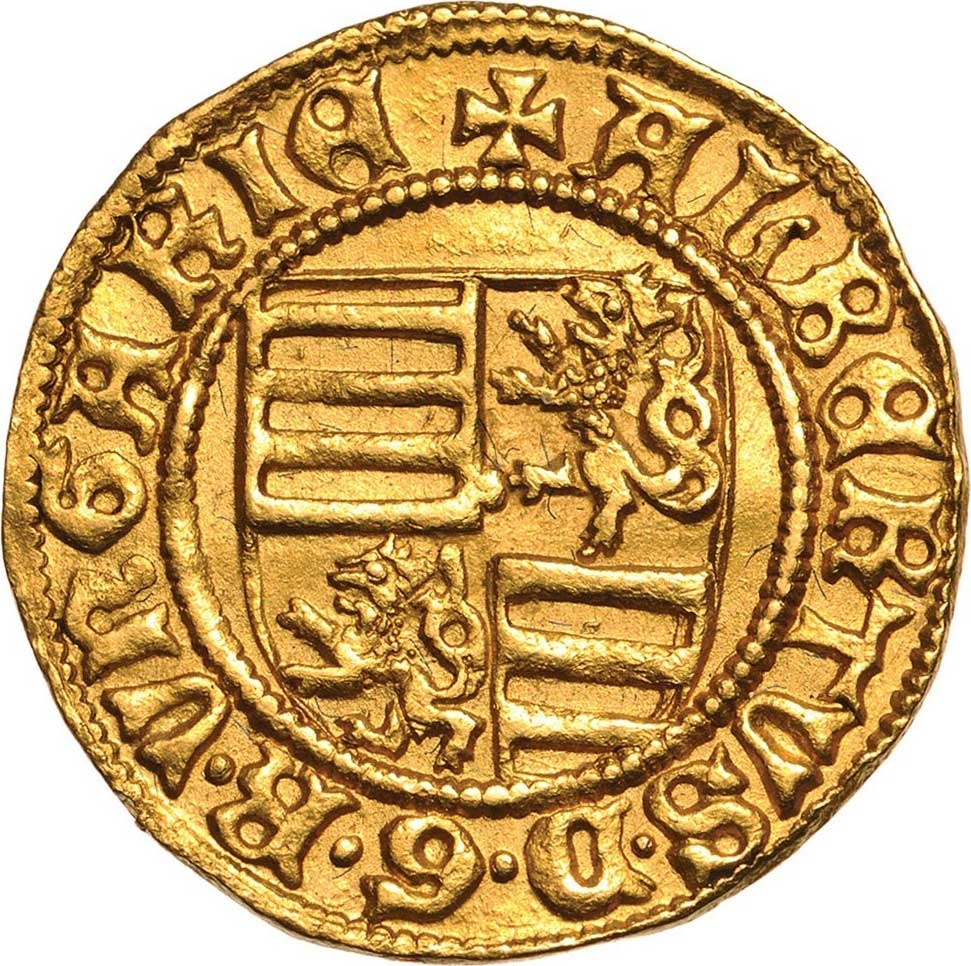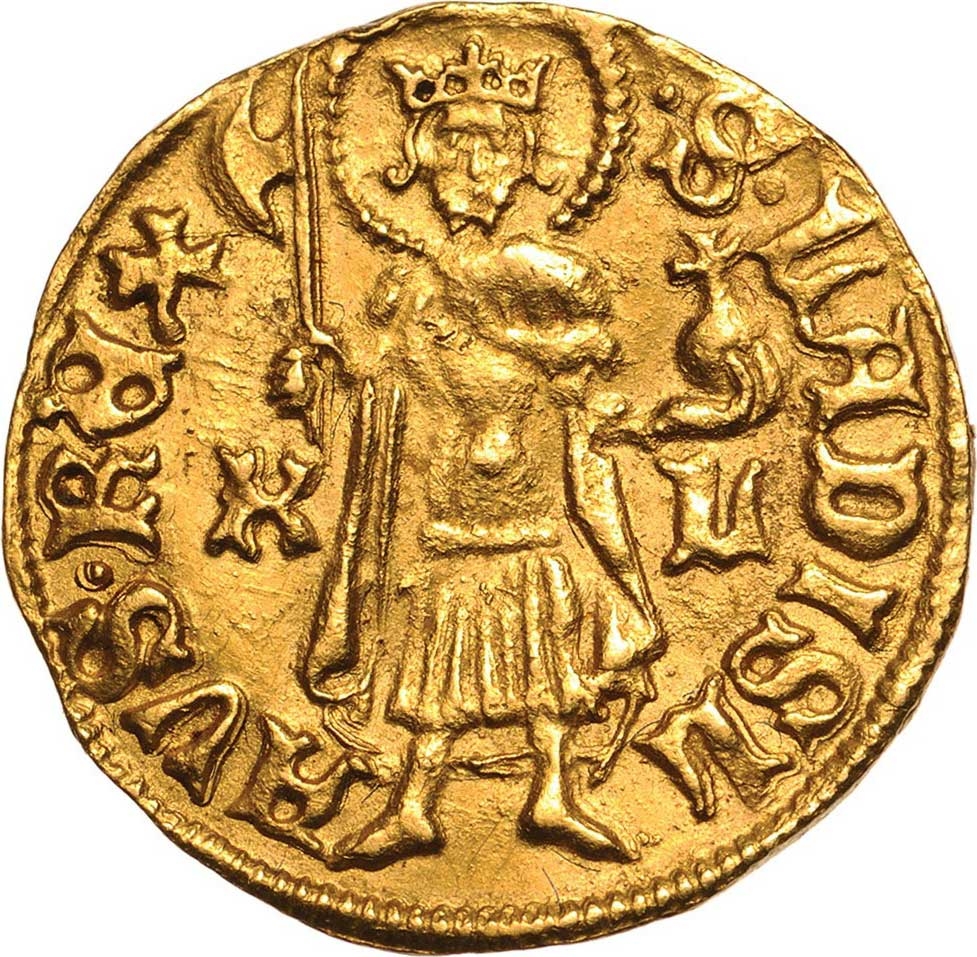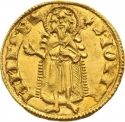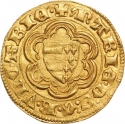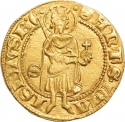You are about to finish your registration. Please check your mailbox (including spam folder). There should be a letter with a confirmation link. Check setting to make sure that your e-mail address is correct.
Send letter againDescription
Albert the Magnanimous, also known as Albert II (1397–1439), was a key figure in the Holy Roman Empire and the House of Habsburg. As Albert V, he inherited the Duchy of Austria and, through his marriage to Elisabeth of Luxembourg, became King of Hungary, Croatia, and Bohemia. Elected King of the Romans in 1438, Albert supported his father-in-law, King Sigismund of Hungary, during the Hussite Wars and defended Hungary against Turkish invasions.
Despite a short reign, Albert's military and political efforts were significant. Upon Sigismund's death in 1437, Albert assumed the thrones of Hungary and Bohemia, though he faced challenges in controlling Bohemia. His involvement in the Hussite Wars underscored his commitment to defending the Catholic faith against heresy. Albert's contributions left a lasting impact on the region's stability and the Habsburg legacy.
Obverse

|
Depicts the fourfold coat of arms with twice Hungarian Árpád stripes and twice Bohemian lions within an inner pearl circle, lettering around "Albert, by grace of God, King of Hungary". A decoration of pearls runs around the edge. +ALBERTVS · D · G · R · VNGARIE |
|---|---|
Reverse

|
Depicts Ladislaus I (Saint Ladislas) holding his battle-axe and orb with a halo above his crowned head with the Latin inscription "Sanctus Ladislaus Rex" (Saint Ladislaus the King). On either side of the depiction, an Anjou lily is placed. A bead-like pattern runs around the edge. · S · LADIS LAVS · REX |
| Edge |
